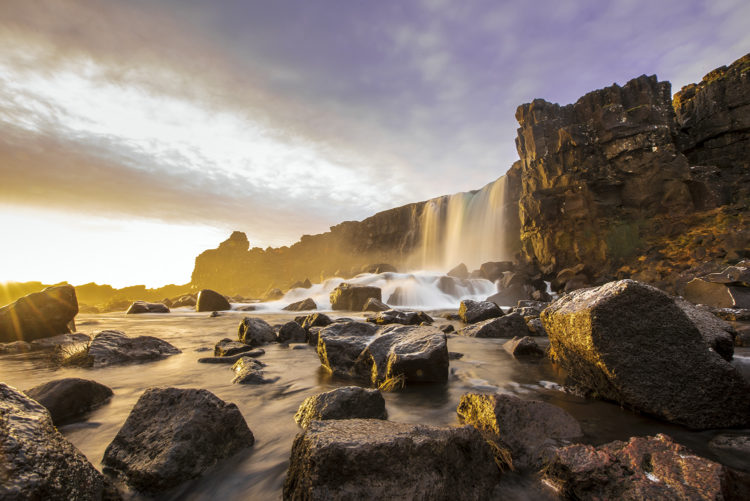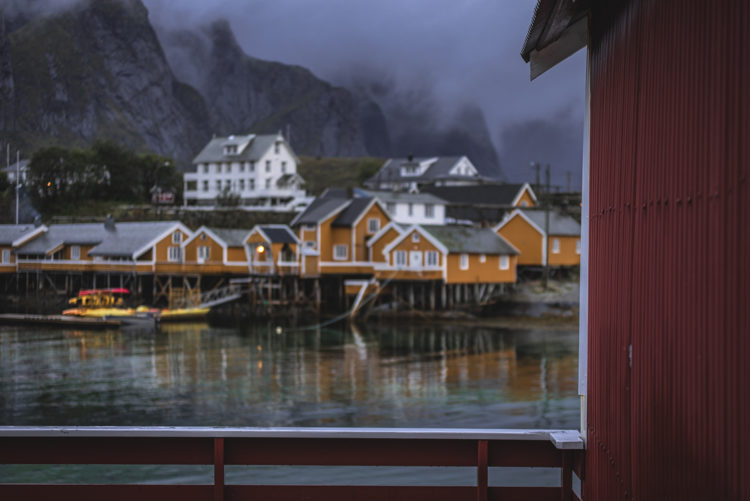Welcome to another #TravelTuesday here at Scott Kelby’s Photoshop Insider. I’m Dave Williams and I’m here weekly, writing for you.
Light is something you should be seeing as a photographer. If you’re not, just keep practicing and practicing and eventually it will just click one day and you’ll see it. Today I want to explain what a difference it makes to landscapes and how to apply it.

Photography is the art of portraying light, right? Using light to make the subject, the model, the landscape, look its absolute best is the art form we love. In the process of learning to see light there are many techniques we can employ, but the important thing is to keep the end goal in sight.
Photography is subjective and we want people interpretation of our photography to be that it’s beautiful. To do this we need beautiful light on our subject, whatever our subject may be. Without light there are no photographs – it’s that important.
Seeing light is the key skill that will come one day through practice. Through reading, through watching tutorials, through shooting in different conditions and learning what changes each time, it all contributes to us learning to see light. Not to see, don’t misunderstand – to see light. Ways to practice seeing light often don’t involve photography at all. Noticing subtle differences caused by different temperatures of light cast at different times of day, through different natural filters and falling from different angles are all the things we need to pay attention to. Watching how it falls on our hand, on the faces of people around us, and how the shadows are cast too are all things to pay attention to and consider when we’re learning to see light.

Relating to landscapes, visit a location time after time in different conditions and at different times and you’ll see how the light changes the entire scene, changes colours, and even moves the scene somehow. The difference is dramatic and it truly makes such an impactive difference to see a photo with great use of light versus a snapshot with flat, dull light.
There is, in most cases, nothing as good as using natural light effectively in portraiture as well. The light cast from a well filtered, softened natural source of light can make a subject really pop and evoke an emotional connection between the subject and the viewer owing to the causal affect of good use of light and nothing more.
Taking the time as a photographer to really concentrate on light and learn how to really see it will, if you haven’t reached that level, take your experience to a totally different place, and if you can see light just don’t stop practicing!
Much love
Dave
The post Learning Light appeared first on Scott Kelby's Photoshop Insider.
from Scott Kelby's Photoshop Insider http://bit.ly/2Rw48vm
via IFTTT

No comments:
Post a Comment